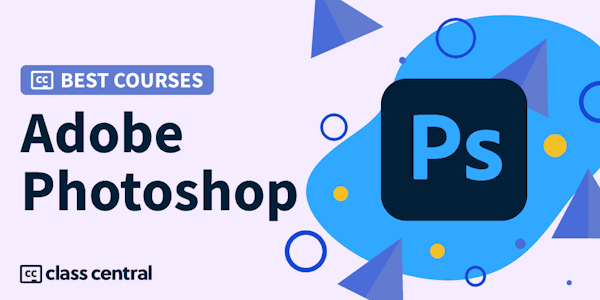Covers the image editing process from the very beginning and progresses through the concepts and techniques that every photographer or graphic designer should know.
Photoshop CS6 One-on-One: Fundamentals is a concise and focused introduction to the key features in Photoshop, presented by long-time lynda.com author and Adobe veteran Deke McClelland. This course covers the image editing process from the very beginning and progresses through the concepts and techniques that every photographer or graphic designer should know. Deke explains digital imaging fundamentals, such as resolution vs. size and the effects of downsampling. He explains how to use layers to edit an image nondestructively and organize those edits in an easy-to-read way, and introduces techniques such as cropping, adjusting brightness and contrast, correcting and changing color, and retouching and healing images. These lessons distill the vast assortment of tools and options to a refined set of skills that will get you working inside Photoshop with confidence.
Photoshop CS6 One-on-One: Fundamentals is a concise and focused introduction to the key features in Photoshop, presented by long-time lynda.com author and Adobe veteran Deke McClelland. This course covers the image editing process from the very beginning and progresses through the concepts and techniques that every photographer or graphic designer should know. Deke explains digital imaging fundamentals, such as resolution vs. size and the effects of downsampling. He explains how to use layers to edit an image nondestructively and organize those edits in an easy-to-read way, and introduces techniques such as cropping, adjusting brightness and contrast, correcting and changing color, and retouching and healing images. These lessons distill the vast assortment of tools and options to a refined set of skills that will get you working inside Photoshop with confidence.


